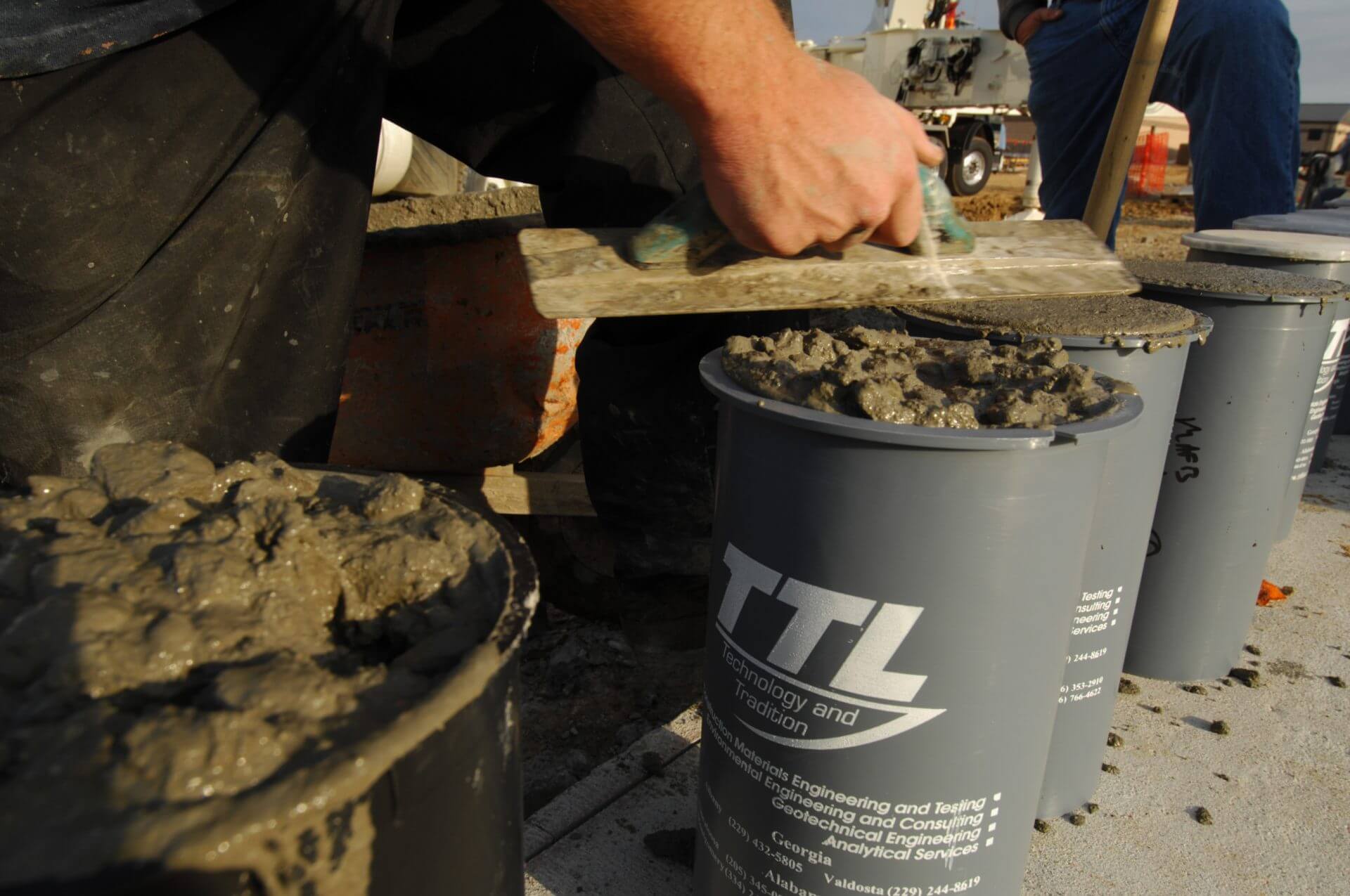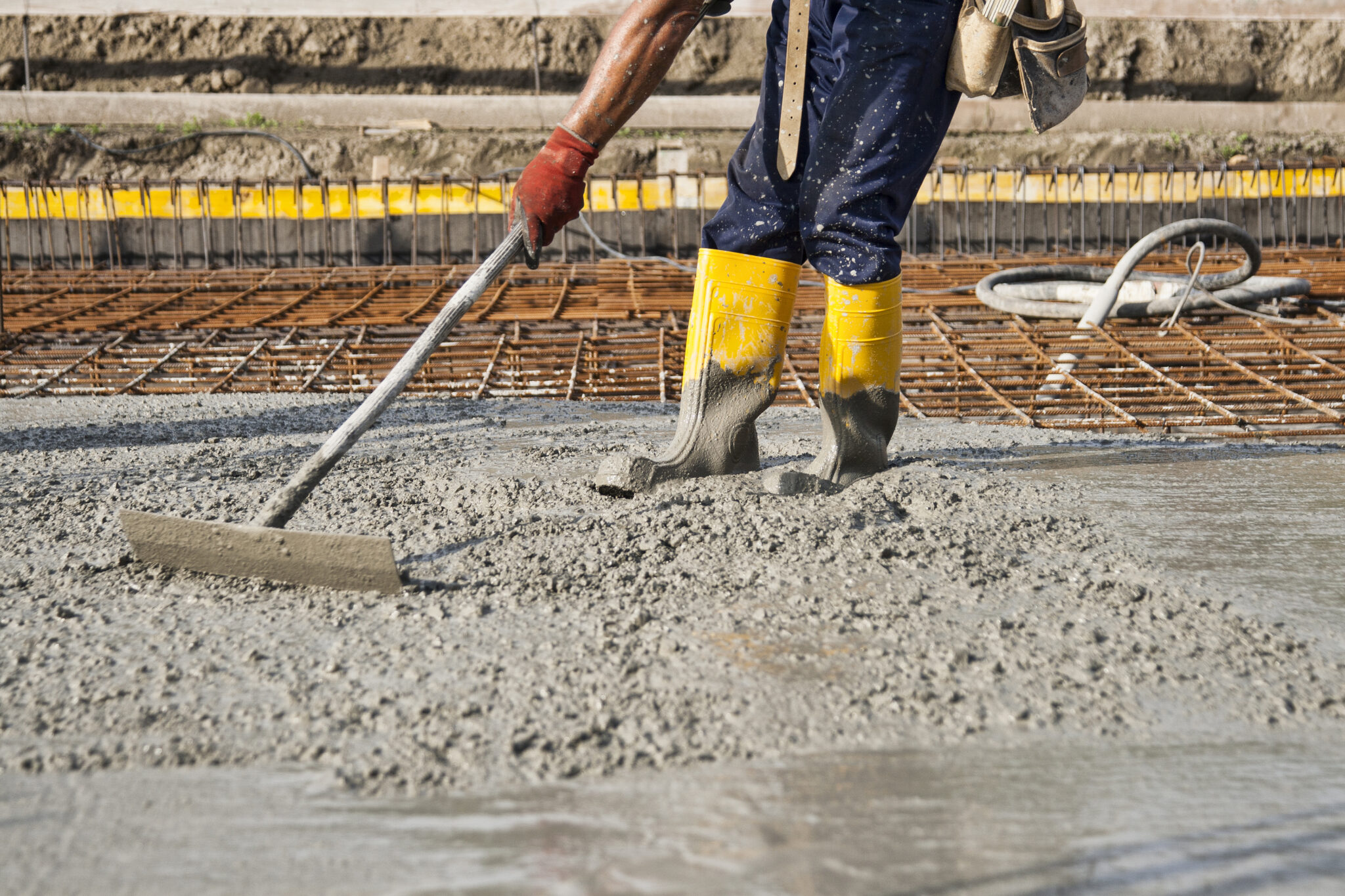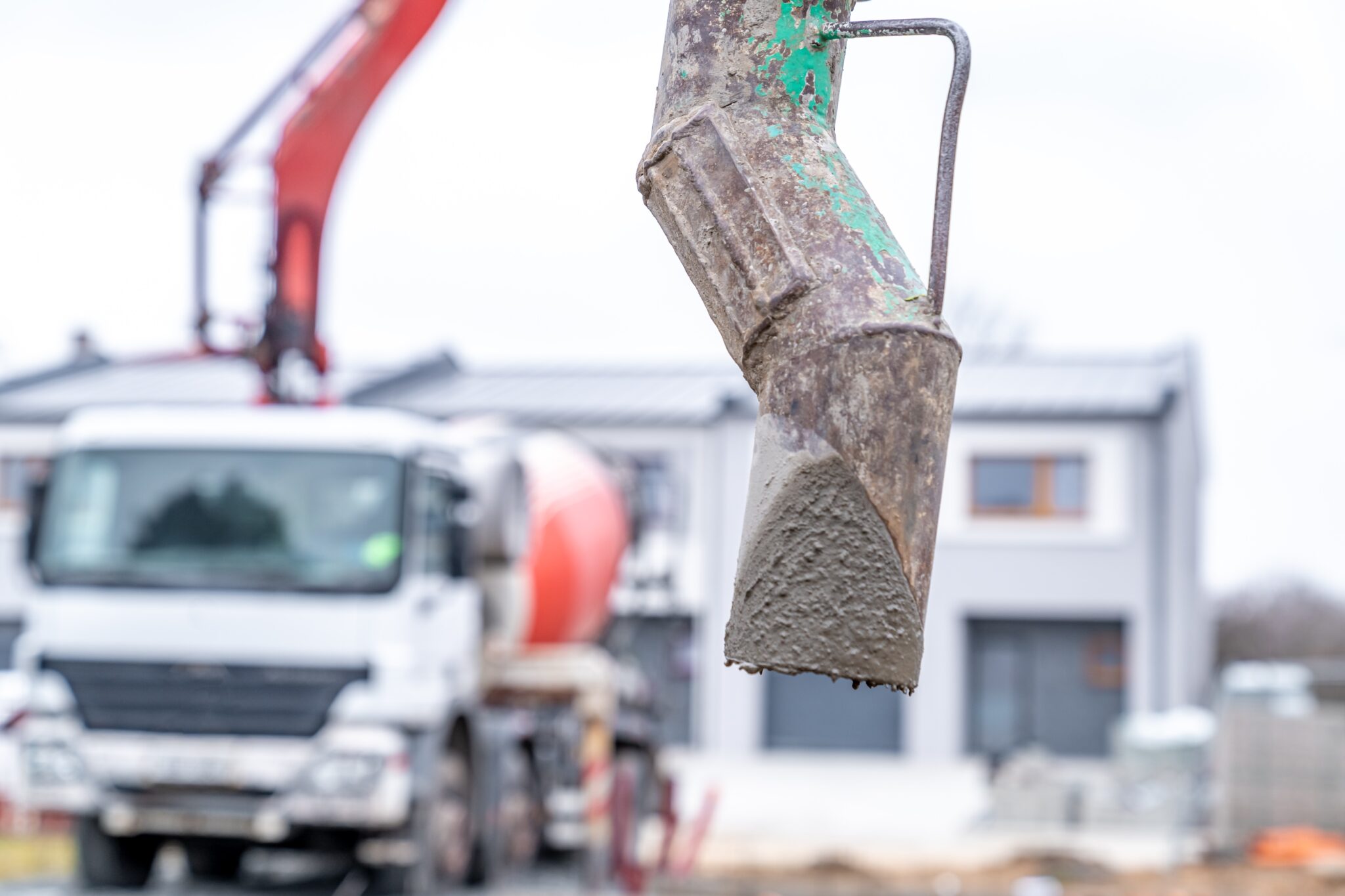Concrete is a durable and versatile construction material, but its performance can be significantly affected by environmental conditions. For ready-mix contractors operating in regions where weather patterns are highly variable—whether it’s sudden temperature shifts, rain, humidity, or extreme heat—maintaining the integrity of the concrete mix and ensuring it cures properly can be a challenge. In such conditions, traditional methods of concrete quality control may not be sufficient to guarantee optimal results. This is where concrete monitoring sensors can offer a significant advantage. These advanced tools allow contractors to monitor and adjust concrete performance in real time, providing valuable insights that help mitigate the risks posed by fluctuating weather conditions. In this blog, we’ll explore why ready-mix contractors should consider using concrete monitoring sensors in regions with unpredictable weather patterns.
Explore 12 Futuristic Technology Trends Solving Concrete's Biggest Challenges.
Dig into our white paper today and master concrete temperature monitoring!
1. Real-Time Monitoring of Temperature Fluctuations
One of the most significant environmental factors affecting concrete is temperature. Concrete has an ideal temperature range for mixing, pouring, and curing (typically between 10°C and 30°C). When temperatures rise or fall outside this range, it can negatively impact the hydration process, leading to weaker concrete or improper curing. Sudden temperature changes—common in regions with variable weather patterns—can lead to cracks, uneven curing, or slower strength development.
Take thermal control of your concrete with SmartRock!
How Can Concrete Monitoring Sensors Help?
Concrete monitoring sensors track the temperature of the mix and the curing process continuously. In areas where temperatures can fluctuate rapidly, these sensors provide real-time data that enables contractors to adjust their approach to concrete placement. For instance, if temperatures suddenly rise, contractors can use cooling methods or accelerators to adjust the curing rate. Conversely, if temperatures drop unexpectedly, the sensors can alert contractors to take action, such as using heaters to maintain an optimal curing temperature. This level of precision helps ensure the concrete performs as expected, regardless of weather changes.
2. Minimising the Impact of Rain and Moisture Variability
In many regions, especially during the transition between seasons, rainfall and humidity levels can fluctuate drastically, impacting the curing process of concrete. Excess moisture or rapid drying can cause the concrete to weaken, crack, or develop surface defects, leading to structural issues down the line. In these conditions, controlling the curing environment becomes more difficult but is essential to ensuring long-lasting quality.
How Can Concrete Monitoring Sensors Help?
Concrete monitoring sensors are equipped to measure moisture content and humidity levels in real time, providing valuable information about how the environment is affecting the curing process. In areas with unpredictable rain or high humidity, contractors can use this data to adjust the concrete mix, curing time, or curing method. For example, if the concrete is exposed to rain, sensors can monitor moisture levels and provide alerts if there’s a risk of over-saturation. By continuously tracking these variables, contractors can better manage curing conditions and protect the integrity of the concrete.
3. Ensuring Consistent Concrete Strength Development
Concrete strength is heavily dependent on the curing process, and temperature fluctuations or moisture inconsistencies can interfere with the proper development of compressive strength. The traditional method of assessing strength is through cube testing, which takes 28 days to yield results—well after the concrete has already been used in construction. This delay can create uncertainties for contractors, particularly in regions with variable weather patterns, where the curing process is often unpredictable.
How Can Concrete Monitoring Sensors Help?
Concrete monitoring sensors continuously measure the strength development of the mix as it cures. By tracking the early stages of hydration and curing in real time, contractors can determine when the concrete has reached the desired strength without waiting for delayed lab results. This ensures that formwork can be removed safely and construction can continue on schedule, even when weather conditions are less predictable. Monitoring sensors offer a more reliable and immediate assessment of concrete performance, helping contractors avoid delays and rework.
4. Reducing the Risk of Over-Curing or Under-Curing
When the weather is inconsistent, there is a risk that concrete can be over-cured or under-cured. Over-curing, often caused by excessive heat, can result in brittleness, while under-curing, which can happen during cold or rainy weather, leads to weak concrete. Both of these conditions can lead to costly repairs and safety hazards down the line.
How Can Concrete Monitoring Sensors Help?
Sensors allow contractors to monitor the curing process continuously and adjust as needed. For example, in hot weather, the sensors can indicate that the concrete is curing too quickly, allowing contractors to slow down the curing process by applying retarders or adjusting the moisture levels. In cold weather, the sensors can alert contractors that the concrete is not curing fast enough, prompting them to use curing blankets or other heating methods to accelerate hydration. By having full visibility into the curing process, contractors can prevent over-curing or under-curing, which in turn prevents the need for costly rework or repairs.
5. Enhancing Project Timeline Reliability
Weather conditions can cause significant delays in construction projects. Unpredictable temperature swings, sudden downpours, or changes in humidity can all cause disruptions that lead to delays in curing and, consequently, project timelines. Waiting for the concrete to cure properly before progressing with further construction can add days or even weeks to the project duration, increasing labour and equipment costs.
How Can Concrete Monitoring Sensors Help?
Concrete monitoring sensors provide real-time data, helping contractors make informed decisions quickly. Instead of waiting for traditional test results or hoping that weather conditions improve, contractors can use the data from the sensors to optimise their processes. For example, if temperatures drop suddenly, sensors can show whether the concrete is still within the acceptable curing range or if adjustments need to be made. This enables contractors to maintain progress and avoid unnecessary delays, ensuring the project stays on schedule.
6. Improving Risk Management and Decision-Making
In regions with highly variable weather patterns, there is a greater risk of unexpected weather events affecting the quality and timing of concrete pours. By using concrete monitoring sensors, contractors can manage these risks more effectively. Real-time data allows them to quickly assess whether the concrete is still curing properly despite adverse conditions and take immediate action to mitigate any negative impacts.
How Can Concrete Monitoring Sensors Help?
Sensors offer predictive capabilities by monitoring multiple environmental factors and providing alerts when conditions fall outside the desired range. For instance, if the temperature or humidity levels go beyond a preset threshold, contractors can be notified instantly, allowing them to take corrective measures such as adjusting the mix design or employing additional curing techniques. This predictive insight improves decision-making, reduces uncertainty, and ensures that concrete quality remains high despite challenging weather conditions.
7. Long-Term Cost Savings
Adopting concrete monitoring technology may involve an initial investment, but in the long run, the cost savings are significant. By ensuring that the concrete is consistently cured to the correct specifications, contractors can avoid costly repairs, replacements, or delays that can arise from poor concrete quality. The ability to reduce waste, improve curing accuracy, and speed up the overall construction timeline also contributes to substantial savings over the course of a project.
How Can Concrete Monitoring Sensors Help?
With accurate, real-time data, contractors can optimise each stage of the concrete curing process, reducing material waste, minimising rework, and avoiding costly delays. By making data-driven decisions, contractors can improve the efficiency of their operations, providing better value to clients and increasing overall profitability.
Learn how your concrete mix design can make your structures stronger. Click here.
The Essential Role of Concrete Monitoring Sensors in Variable Weather
By offering real-time insights into temperature, moisture, strength development, and curing conditions, these sensors allow contractors to mitigate the risks posed by unpredictable weather, ensuring concrete quality and improving project timelines.
In the long run, the use of concrete monitoring sensors can help contractors avoid costly mistakes, reduce waste, and maintain high-quality standards, regardless of weather conditions. For contractors looking to stay competitive in today’s challenging construction environment, adopting concrete monitoring sensors is an investment that promises substantial benefits for both their operations and their clients
Read more on the top solutions for your construction challenges in 2025!








